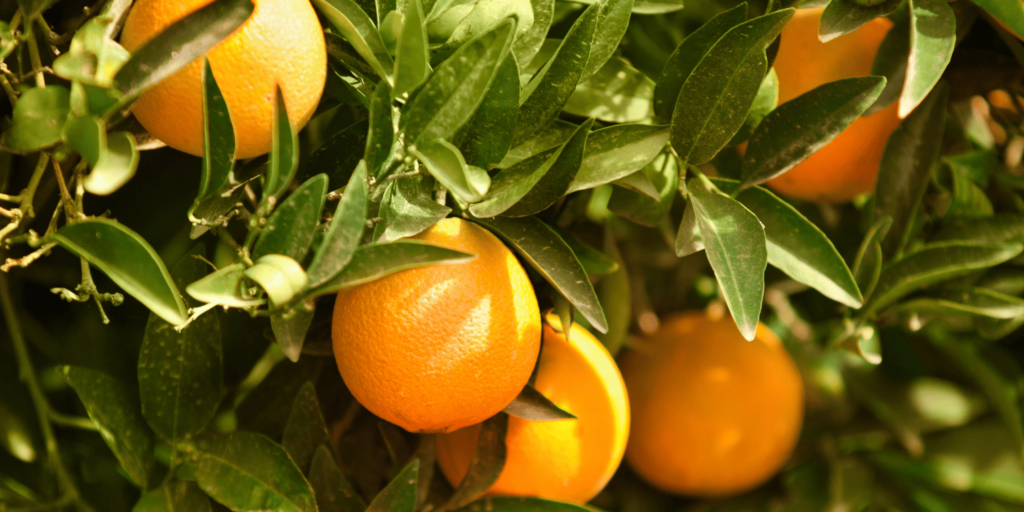Valencia’s unexpected flooding disrupts citrus production, prompting Morocco to consider expanding its exports to Europe amidst potential supply shortages.
The southern hemisphere citrus season is nearing its end, with final shipments to the U.S. market arriving in limited volumes this week, a regular seasonal pattern as winter approaches in the southern regions.
According to Lange Farms’ Bill Weyland, the end of the season marks a period of reflection on both the successes and challenges citrus exporters face, particularly in South America and South Africa. Weyland, representing Lange Farms (formerly Tom Lange/Seven Seas), provides insights into the performance of various citrus commodities over recent months, including the effects of weather disruptions and market fluctuations.
This year, the southern hemisphere’s lemon season faced significant setbacks despite a promising start in April and May.
Argentina, a key supplier, encountered quality issues due to weather complications, which impacted fruit conditions. Additionally, the citrus industry was burdened by an oversupply of lemons from both Argentina and Chile.

“Supply outpaced demand for the last three months of the season, putting downward pressure on prices.”
Bill Weyland, Lange Farms’ VP Sales New Jersey
The combination of these factors contributed to a difficult season, particularly during August through October, resulting in a notably challenging environment for lemon exporters.
On a more positive note, the mandarin market experienced a smoother season overall. Despite a slight decrease in volume from Uruguay and South Africa attributed to weather issues, the demand for mandarins remained strong, allowing for stable prices.
Weyland reports that “Supply and demand were well balanced,” which allowed mandarin growers and shippers to benefit from favorable pricing during September and October. This balance brought steady profits and provided a relatively stable season from start to finish, contrasting with the lemon segment’s performance.

For oranges, a slightly different set of challenges arose. Orange volumes from Uruguay and South Africa experienced minor reductions due to weather conditions.
While the campaign progressed as expected, logistical issues caused by a delayed container ship from South Africa disrupted the final weeks of the season. The delayed vessel resulted in an initial shortage of oranges in the U.S., followed by an oversupply once the shipment arrived.
This coincided with the beginning of California’s citrus harvest, leading many U.S. retailers to shift their focus to domestic fruit and contributing to declining prices for the imported oranges. Nonetheless, the delayed shipment constituted only a minor percentage of the total orange volume sent to the U.S., enabling growers to maintain a positive outlook for the season.
As the southern hemisphere citrus season closes, Lange Farms is now focusing on the northern hemisphere with the arrival of the first Moroccan mandarin shipments to the U.S. East Coast. Moroccan mandarins are entering the market through the Gloucester Terminal in New Jersey and the Port of Wilmington in Delaware, with the first vessel docking last week.
”From now on, a vessel will arrive about once every two weeks,” Weyland states. Quebec in Canada remains a major market for Moroccan citrus, though more fruit is expected to reach U.S. destinations by January. The Moroccan season also includes Moroc Late oranges, known for their sweetness and juiciness, available from March through June.
The outlook for Morocco’s citrus exports this season is optimistic. Despite ongoing drought conditions, production volumes are expected to increase by 20 to 30 percent over last year’s historically low output. However, Weyland cautions that these gains are measured against a low baseline, adding some restraint to the optimistic projections.
Meanwhile, flooding in Spain’s Valencia region, responsible for nearly two-thirds of the country’s citrus production, could impact European citrus supplies and shift market dynamics. Morocco, which typically holds a small share in Europe’s citrus market, may now see an opportunity to expand its presence on the continent.
Weyland notes that “it is a lot less risky to ship to Europe as transit times are shorter, and product can be shipped via trucks instead of vessels.” This potential shift may allow Morocco to increase citrus exports to Europe in response to Spain’s production challenges, which would change the original plan to send additional Moroccan citrus to the U.S. this season.




















